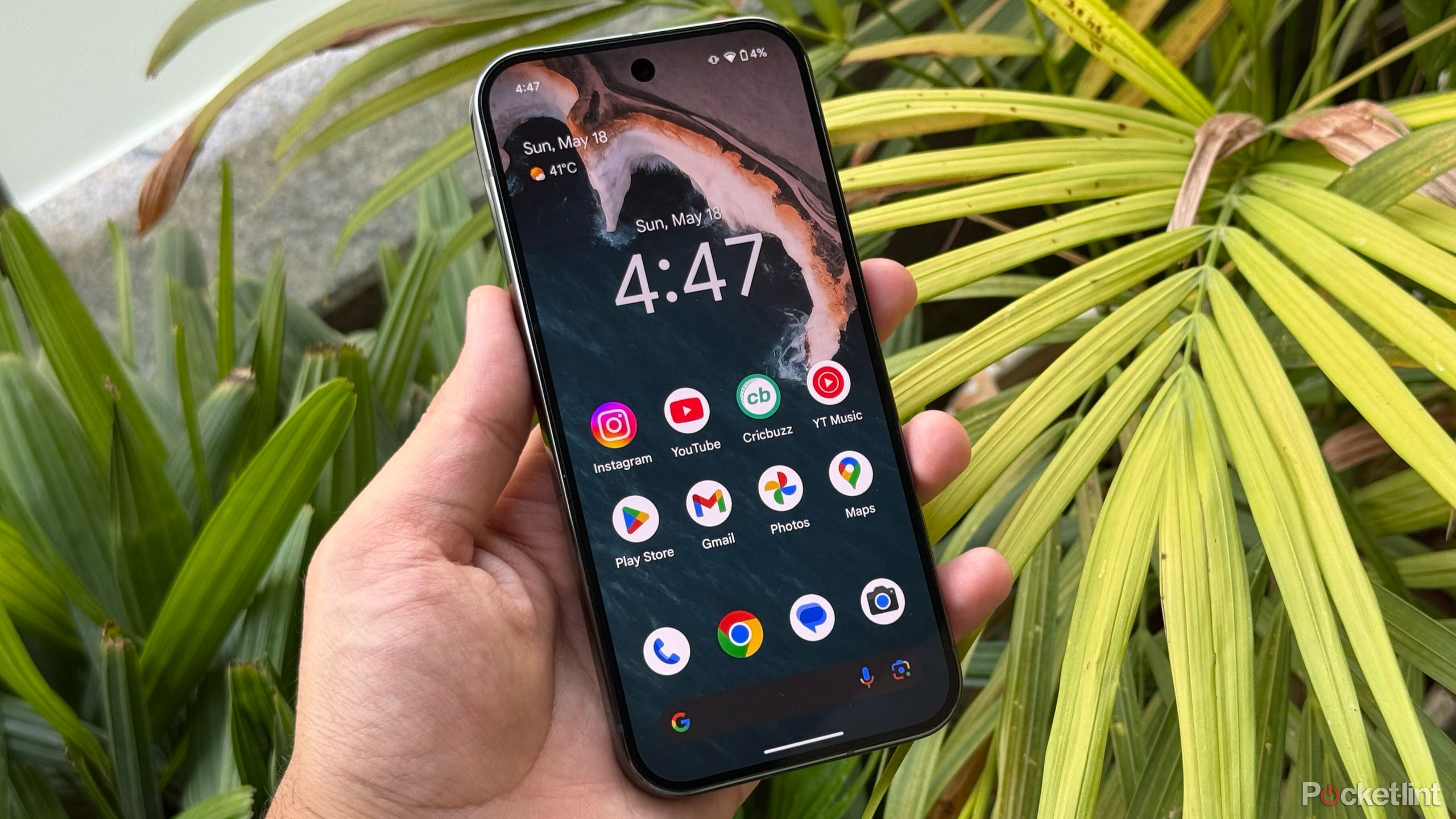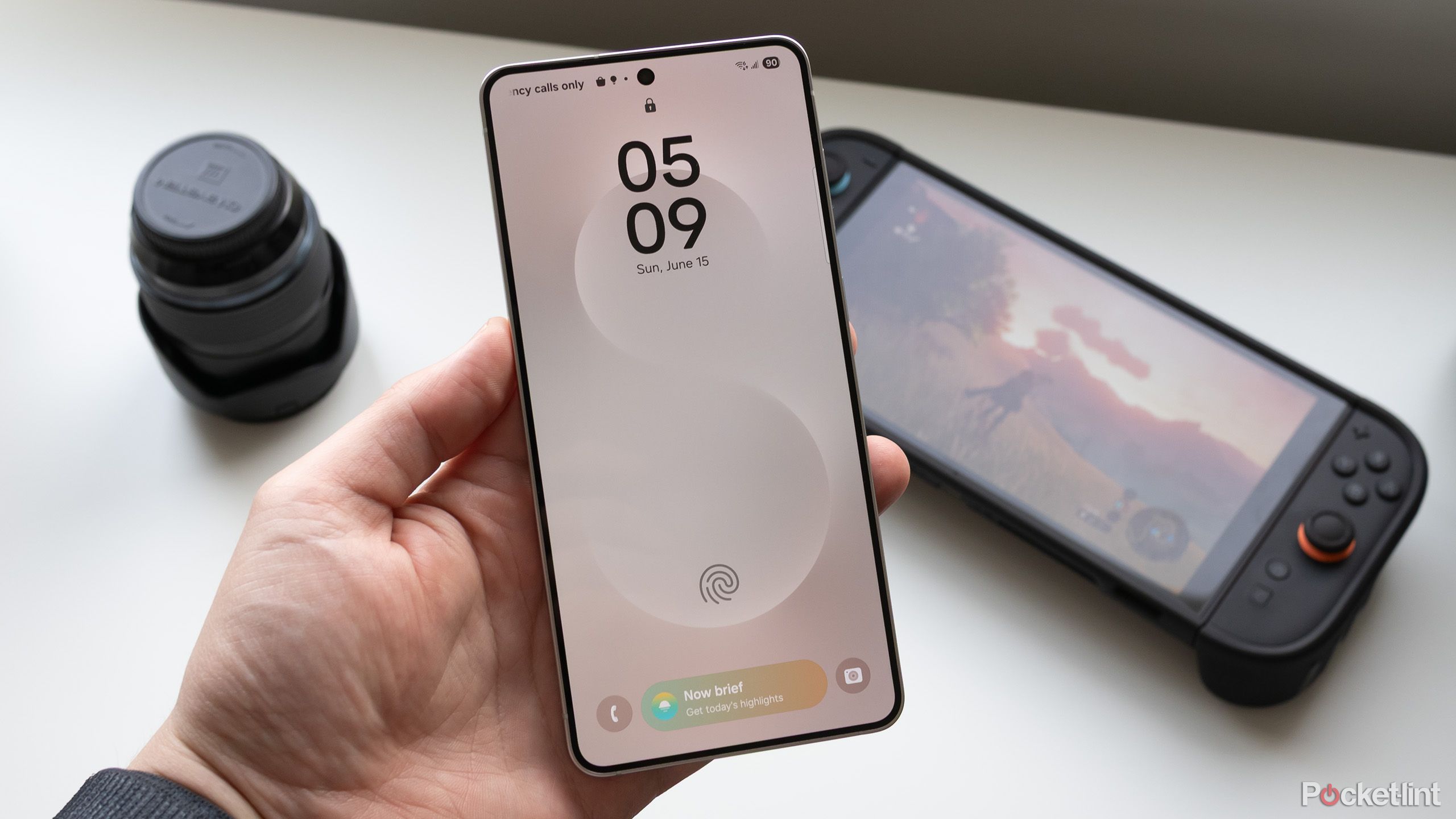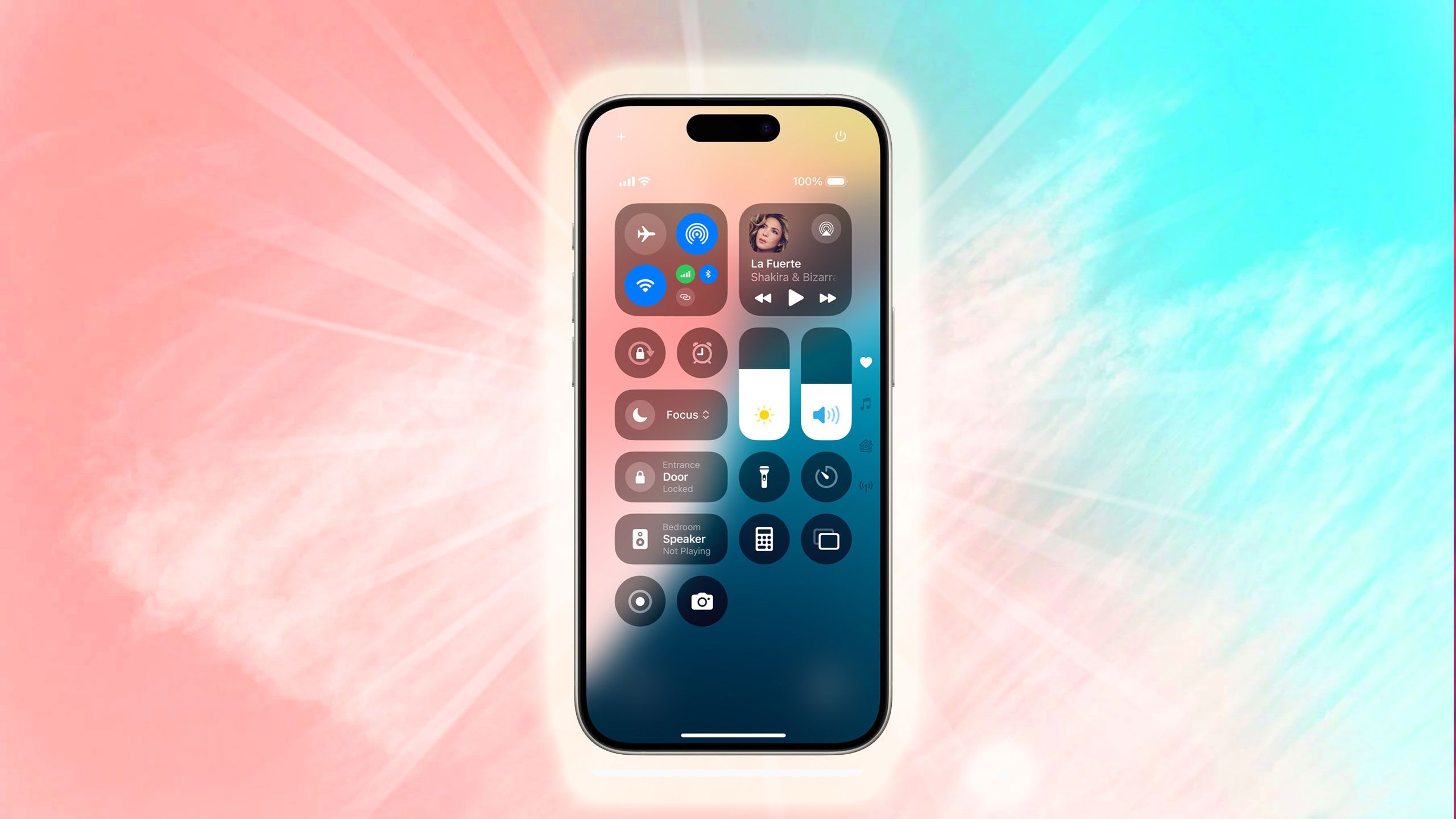Abstract
- Telephone brightness is rated in nits, and you need to all the time purpose for a cellphone with not less than 2,000 nits of peak brightness.
- OLED shows can generally get away with decrease nits due to their elevated distinction, however LCDs are likely to have higher out of doors visibility.
- By no means use max brightness in your cellphone until you want to — in any other case it could possibly trigger pointless eye pressure, sleep disruption, and/or battery consumption.
Display screen brightness is not usually trumpeted from the hills when Apple, Google, Samsung, or one other firm places out a brand new cellphone. However after all, it is a type of particulars that is extraordinarily necessary in follow — a cellphone with weak brightness will be laborious to make use of indoors generally, by no means thoughts stepping out into the tough noon glare. Once I was residing in Austin, a dim cellphone was a reputable annoyance on lengthy roadtrips, since there was no method it might compete with cloudless Texas skies.
How shiny does a cellphone must be, although? Is conserving your cellphone at most brightness actually an issue? And what is the distinction between LCD and OLED? There are a selection of brightness-related particulars you need to know earlier than shopping for a cellphone, all of which I am going that will help you kind out in a rush.
- Model
-
Apple
- SoC
-
A18 Professional (3nm)
- Show
-
6.3-inch 1,206 x 2,622 pixel decision 120Hz LTPO Tremendous Retina XDR OLED, 120Hz, HDR10, Dolby Imaginative and prescient, 1000 nits (typical), 2000 nits (peak)
- Storage
-
128GB, 256GB, 512GB, 1TB
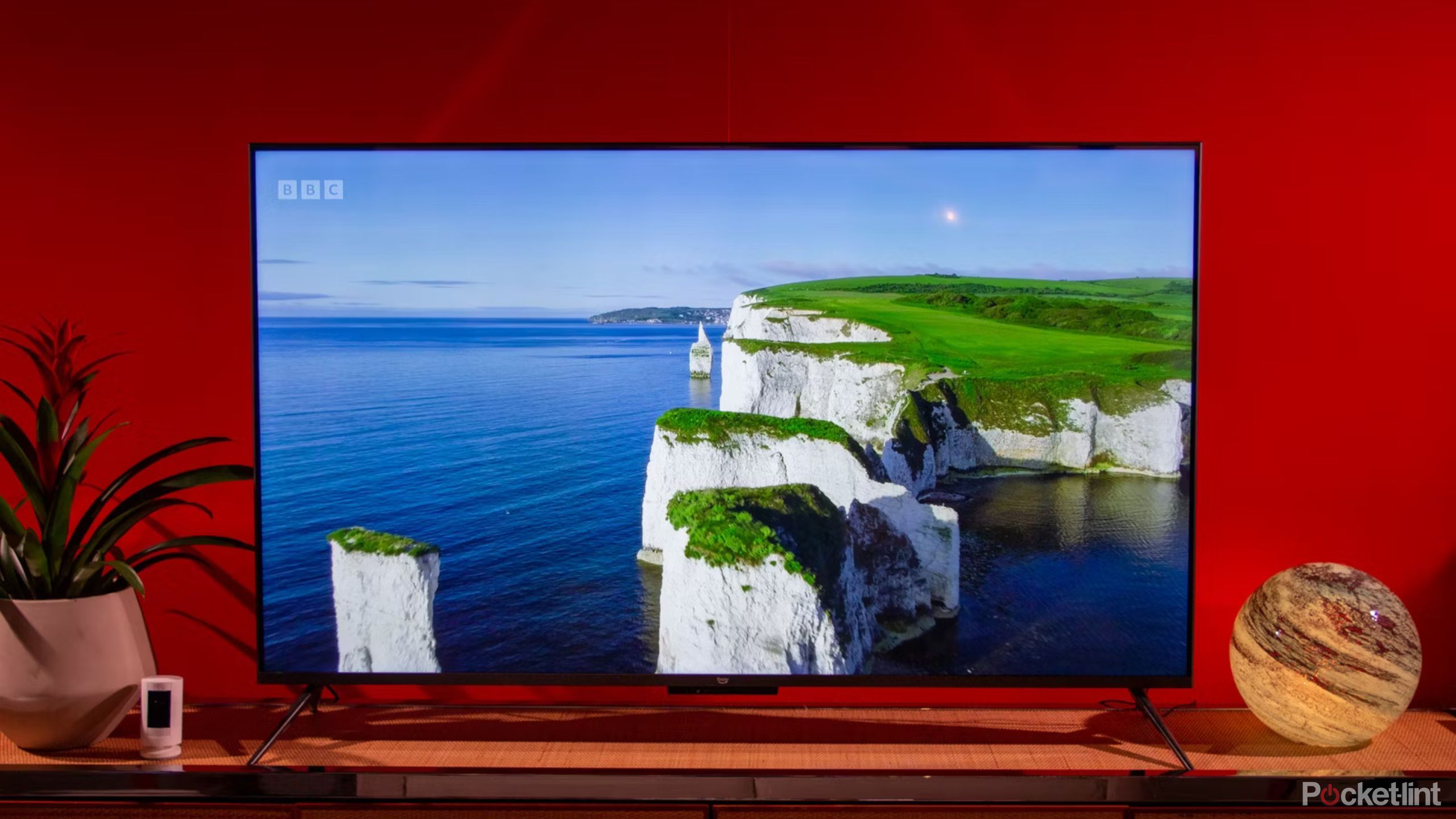
Associated
OLED vs mini-LED vs QLED in 2025: Which TV tech should you buy?
At present, you will get shocking picture high quality with out spending a fortune.
How brightness is measured, and the way a lot is sufficient
Telephone brightness 101
When you might, in concept, charge cellphone shows by way of lumens, you may nearly all the time see them gauged in nits. A single nit is equal to 1 candela (candlepower) per sq. meter. For a relative measure, think about that the solar at midday is normally claimed to provide 1.6 billion nits.
Your cellphone does not must be anyplace close to that shiny to be readable, after all. Indoors, lower than 1,000 nits is okay, and even 500 nits tends to look fairly good. Peak brightness will briefly surge, although, every time a cellphone is open air or displaying HDR (excessive dynamic vary) content material. For instance, the Pixel 9 Pro can hit 2,000 nits when displaying HDR video, and three,000 nits at its absolute brightest.
Most system makers are aiming for someplace between 1,000 and a pair of,000 nits for HDR capabilities, and a pair of,000 nits or increased open air.
That ought to offer you a way of how a lot energy a contemporary cellphone display screen wants. Most system makers are aiming for someplace between 1,000 and a pair of,000 nits for HDR capabilities, and a pair of,000 nits or increased open air. My iPhone 16 Professional peaks at 2,000 outdoors, and it is fairly readable even when the solar is thrashing down overhead.
Brighter is all the time higher, specs-wise, however something over 3,000 tends to be overkill, delivering diminishing returns. Not that that is stopped cellphone makers — some Chinese language fashions are able to 4,000 nits or extra. In March 2025, Samsung demonstrated an OLED panel able to 5,000 nits.
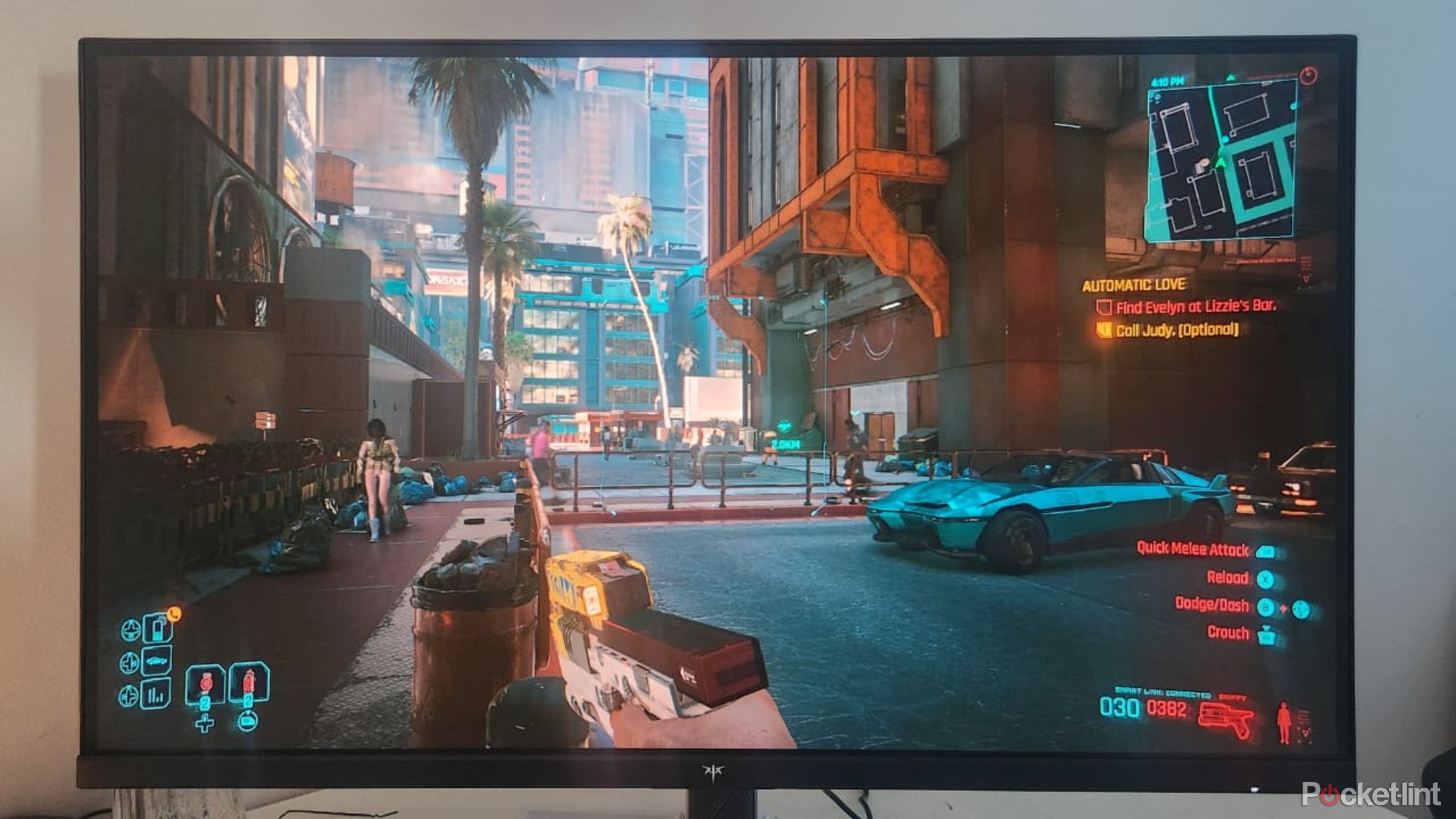
Associated
5 display calibration settings that will level up your game for free
The show tech you employ for gaming can matter (nearly) as a lot because the system you are taking part in on.
LCD vs OLED vs different requirements
For as soon as, older tech wins
Most telephones now use some type of OLED show, an acronym standing for natural light-emitting diode. As a rule, it is the superior know-how, since particular person pixels will be turned on and off at will. The result’s a tremendous distinction, with pure blacks, and highlights that do not bleed into surrounding objects. The format additionally tends to be extra energy environment friendly in the event you select darker icons, wallpapers, and app settings.
LCDs (liquid crystal shows) generally have the higher hand, nevertheless. That is as a result of all LCDs rely on a number of backlights, which have a tendency to provide an general brighter picture, albeit on the expense of distinction. It is really unimaginable to realize true blacks with an LCD until it makes use of a number of backlights, and a picture space lined by a backlight occurs to be fully devoid of element. That is why mini- and micro-LED had been invented — however you will not discover these applied sciences on any delivery smartphone, not less than not but.
The distinction hole does permit OLEDs to punch above their weight in uncooked nits. It is a query of perceived brightness — since each highlights and shadows are starker, OLED helps you to select extra element. A 300-nit OLED panel can really feel roughly equal to a 500-nit LCD, although your mileage will range.
A number of telephones remove brightness from the specs debate completely through the use of e-ink. The pixels they use are fabricated from actual matter, so their visibility depends on exterior gentle sources, a lot in the identical method you can’t learn a paper e book in a pitch-black room. The built-in lamps you discover on e-ink gadgets are literally frontlights, not backlights.
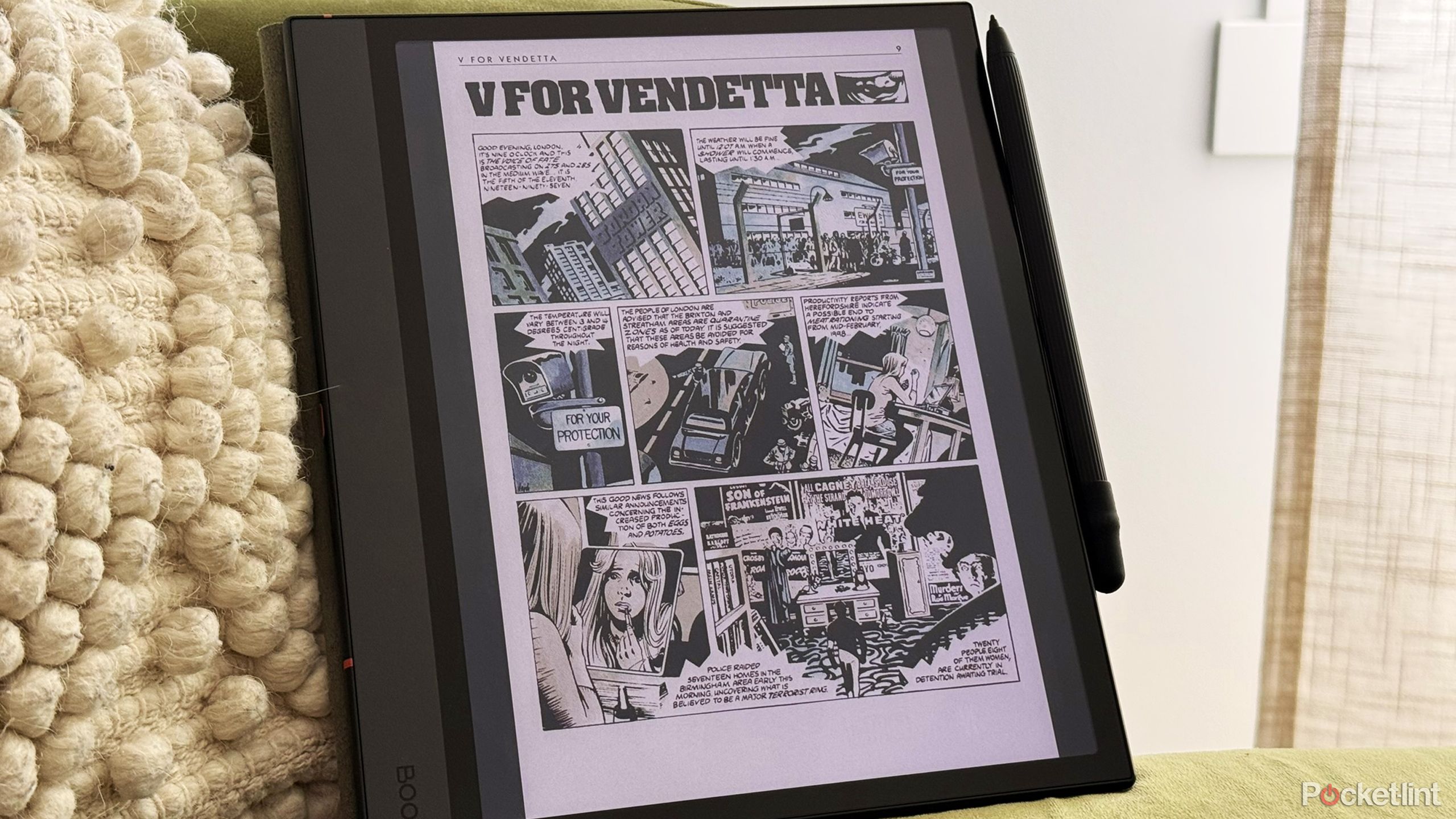
Associated
This Android-powered e-ink tablet is better than a Kindle, but it’s still niche in my life
You may solely get essentially the most out of Boox’s pill in the event you’re into sketching and paper notes.
What you want to learn about brightness settings
No must go full throttle
Apple / Pocket-lint
More often than not, it is best to keep away from ramping your cellphone as much as full brightness, regardless of how spectacular it seems. There are just a few causes for this — above all, your imaginative and prescient. Because the American Academy of Opthamology notes, full brightness can doubtlessly create pressure in some eventualities, leading to points like tearing (as in crying), blurring, dry eyes, and complications.
I do know from private expertise that at evening, shiny shows can disrupt sleep. They usually make it more durable to get to sleep within the first place, and within the center hours, lights can shine straight by your eyelids and wake you up. I do watch YouTube on a Nest Hub at bedtime — however its brightness is cranked as little as it should go until I am not frightened about my alarm. My iPhone, in the meantime, is all the time put in StandBy mode, which in a single day each dims the show and tints it pink.
Sometimes, one of the best compromise is to set your cellphone’s brightness as little as it should go whereas nonetheless being nice to have a look at.
When pressure and sleep patterns aren’t points, there’s nonetheless the matter of battery life. A cellphone’s show is certainly one of its most power-hungry parts, rivaled solely by its processor and wi-fi radios. The upper a display screen’s brightness is, the extra energy it consumes, draining your battery. Certainly, that is one of many principal changes a cellphone’s battery-saving/low-power mode makes.
Sometimes, one of the best compromise is to set your cellphone’s brightness as little as it should go whereas nonetheless being nice to have a look at. My iPhone 16 Professional is normally set at round 50%, however you might must go increased or decrease than that relying in your system and preferences. Even dropping to 80% ought to make a significant distinction.
Does full brightness ever make sense? Personally, I have a tendency to order that for the sunniest of outside excursions, like a visit to Disney World, or a yard Texas cookout with my in-laws. However even then, my iPhone normally compensates sufficient mechanically, making the thought moot.

You may additionally like
Everything you need to know about PEVs, or personal electric vehicles
You should utilize PEVs like e-bikes and scooters to discover, run errands, or pace up your commute.
Trending Merchandise

Lenovo Newest 15.6″ Laptop, Intel Pentium 4-core Processor, 15.6″ FHD Anti-Glare Display, Ethernet Port, HDMI, USB-C, WiFi & Bluetooth, Webcam (Windows 11 Home, 40GB RAM | 1TB SSD)

Thermaltake V250 Motherboard Sync ARGB ATX Mid-Tower Chassis with 3 120mm 5V Addressable RGB Fan + 1 Black 120mm Rear Fan Pre-Installed CA-1Q5-00M1WN-00

Sceptre Curved 24-inch Gaming Monitor 1080p R1500 98% sRGB HDMI x2 VGA Build-in Speakers, VESA Wall Mount Machine Black (C248W-1920RN Series)

HP 27h Full HD Monitor – Diagonal – IPS Panel & 75Hz Refresh Fee – Clean Display – 3-Sided Micro-Edge Bezel – 100mm Top/Tilt Modify – Constructed-in Twin Audio system – for Hybrid Staff,black

Wi-fi Keyboard and Mouse Combo – Full-Sized Ergonomic Keyboard with Wrist Relaxation, Telephone Holder, Sleep Mode, Silent 2.4GHz Cordless Keyboard Mouse Combo for Laptop, Laptop computer, PC, Mac, Home windows -Trueque

ASUS 27 Inch Monitor – 1080P, IPS, Full HD, Frameless, 100Hz, 1ms, Adaptive-Sync, for Working and Gaming, Low Blue Light, Flicker Free, HDMI, VESA Mountable, Tilt – VA27EHF,Black


